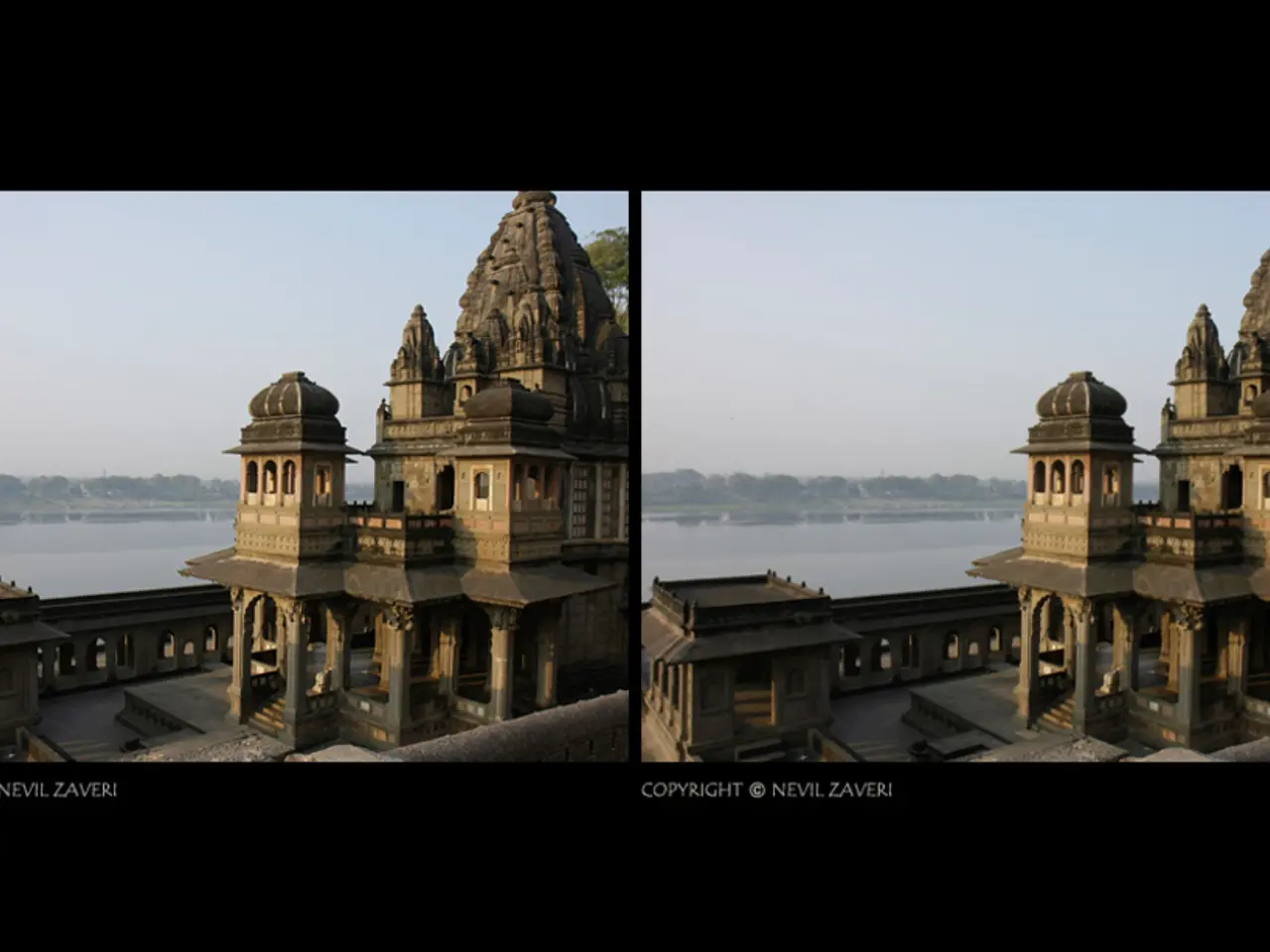Spain's ancient structure could potentially be redefined as a synagogue from the Roman era.
In the heart of Spain, archaeologists have unearthed a building that could potentially be one of the earliest pieces of archaeological evidence for Jewish communal life in the Iberian Peninsula during the late Roman period. The structure, initially believed to be a 4th-century Christian church, is now being reevaluated as an ancient synagogue.
The evidence points towards a small Jewish community that may have worshipped in Cástulo, a town whose Jewish population was previously unknown. Key findings include:
- Fragments of oil lamps adorned with menorahs, a distinct Jewish religious symbol, were discovered at the site.
- A roof tile bearing a five-branched menorah image was found during earlier excavations, confirming Jewish iconography associated with the site.
- A conical jar lid with a blurred Hebrew inscription was uncovered, possibly reading “Psalm of David” or a phrase linked to “Selichot” (Jewish prayers for forgiveness), indicating the site's use by a Jewish community.
The architectural evidence also supports the theory that the building was a synagogue. Unlike Christian churches, which tend to be more rectangular, the structure has a squarer shape. Moreover, archaeologists found what could have been a hole for supporting a large menorah and the foundations of a central raised platform, or bimah, common in synagogues but not in churches.
Despite the compelling evidence, the lack of written records leaves room for some doubt about the existence of a Jewish community in Cástulo. The population of the Jewish community in Cástulo is not named in the anti-Jewish law enacted by Visigoth King Sisebut from 612 to 621. However, the study authors acknowledge that the evidence points to the existence of a previously unknown Jewish community in the town.
The discovery of this site is significant as it sheds light on the close and friendly relations between Jewish and Christian communities during this period. Around the end of the 4th century, Jewish citizens were pressured to convert to Christianity, with those who refused being "amicably invited" to leave their hometowns. The Christian clergy may have feared the local population would convert to Judaism due to these close relations.
The team will work to protect the site and continue excavations, with the aim of allowing the public to visit at some point in the future. They hope to find more definitive evidence that allows them to confirm the site as an actual synagogue. If confirmed, this discovery will add a new chapter to the history of religious diversity in Spain during the late Roman period.
[1] "Ancient Synagogue Discovered in Spain" (Link) [2] "Jewish Symbols Found at Excavation Site in Cástulo, Spain" (Link) [3] "Earliest Evidence of Jewish Communal Life in Iberian Peninsula Unearthed" (Link)
- This archaeological discovery in Spain could expand our understanding of science, providing potential evidence for one of the earliest Jewish communal lives during the late Roman period.
- A building, initially thought to be a 4th-century Christian church, is now being reconsidered as an ancient synagogue due to the unearthed artifacts.
- A small Jewish community in Cástulo, a town previously unknown for its Jewish population, may have worshipped in this ancient structure.
- Key artifacts supporting this theory include menorah-adorned oil lamps, a roof tile with a five-branched menorah image, and a conical jar lid with a Hebrew inscription.
- The architectural features, such as a squarer shape and a central platform, also align with conventional synagogue design, distinguishing it from Christian churches.
- The lack of written records leaves some questions unanswered about the identity of this Jewish community, as they aren't mentioned in Visigoth King Sisebut's anti-Jewish law.
- Regardless, the study suggests the existence of an previously unknown Jewish community in Cástulo during the late Roman period.
- The close relationship between Jewish and Christian communities during this time period is highlighted by this discovery, despite religious tensions.
- The team working on the excavation will continue their efforts to protect the site and find further evidence, with a vision to open the site to the public in the future.
- If confirmed, the Cástulo site would add a significant chapter to the history of religious diversity in Spain during the late Roman period.
- This discovery in the realm of archaeology has been featured in numerous scientific articles and publications, making it a topic of interest for those studying history and self-development.
- Furthermore, the potential economic impact of this discovery on the local area is a fascinating aspect of business, personal finance, and entrepreneurship, especially with opportunities in home-and-garden, travel, and technology.




